The goat cheese that changed my life (really)
An Easter story about seasonal cheese and the origin of Paris by Mouth
This was originally published in 2023 but I’m reposting it to celebrate the arrival of goat cheese season once again!
I moved to Paris in 2004 with the most atrocious French. I had a bilingual husband and only a smattering of words and phrases to call my own. Shopping was a nightmare. I tried to prepare by writing out lists and little dialogs to guide my interactions. But the fish monger would invariably go off-script, asking helpfully if I wanted the bones removed. The baker would ask if I wanted my baguette sliced. In reply to all these questions, I would smile and nod.
I spent a year like this - smiling and nodding in public and accepting my fish and bread in whatever form they came to me. There are worse fates, to be sure.
One year into this adventure, my boss at the research institute where I worked reminded me that I needed to start taking some of the six weeks (!) of vacation time to which I was entitled. I didn’t have the money to take a real holiday, and so I devoted those weeks to French class. By the end of the summer, I had graduated from nodding to baby talk. I had also become a regular at Androuet, a historic cheese shop that I would visit on the way home from class.
Emmanuel, the shop manager, was both gruff and endearing. He endured my clumsy attempts at communication and rewarded with me with slightly stern advice - “No, not the Brie de Meaux today. The Brie de Melun.” One day, he instructed me to order the Saint-Nicolas, even though I had told him I wasn’t the biggest fan of goat cheese.
That cheese blew my mind.
Maybe it was the context - I was nibbling it on a bench beside the Seine with a corner of crusty baguette, and the sun was shining. I was making progress in French, having real conversations that made me feel attached me to my new home. A lot was going wrong in my life - my marriage was on the rocks - but that moment was purely happy.
Then again, it might have just been the cheese. That bite of Saint-Nicolas dissolved on my tongue like a lacy cloud. I had never before tasted a cheese so young - I later learned that it was only a week old - or one that tasted so much like frothy fresh milk. It also tasted unmistakably of lavender, so much so that I assumed it had been infused or somehow flavored.
I returned to Androuet a few days later, and the Saint-Nicolas was nowhere to be found. “We only get a few every week,” Emmanuel explained. It was made by Father Gabriel from the Saint-Nicolas de la Dalmerie monastery in the south of France. Production was small, distribution was erratic, and I was lucky to have tasted it at all. I also learned that the flavor wasn’t an additive. Father Gabriel’s goats grazed in the lavender fields that surrounded the abbey, and we could taste their diet in the cheese.
What I had come to think of as “the lavender cheese” eluded me for several more months. Then, one October afternoon, I brought a visiting friend to Androuet and spied the coveted ivory rectangle nestled among the other chèvres. I may have shouted and clapped. My visiting friend had not known me to be a “food person” back in America, and was amused by my reaction. I ordered the cheese and Emmanuel let us taste it on the spot. I told my friend to close her eyes and picture lavender fields in the south of France. She took a bite and smiled, but then looked confused. “It’s delicious, but I don’t taste any lavender.”
Emmanuel laughed at me (he did this a lot). “The lavender died off months ago. The goats have moved on to graze in the garrigue.” The garrigue, he explained, was the scrub brush that contained a lot of wild rosemary and thyme. “Yes!” My friend shouted (I guess she was becoming a food person, too.) “I taste thyme!”
My beloved lavender cheese had evolved into something new. “What happens to it next month?” I asked Emmanuel. “Next month?” he laughed again. “We won’t see this again until next spring. The season is nearly over.”
This was my first encounter with the notion of seasonality in cheese, and it blew my little brain. As a midwesterner who was raised on processed food, it had never occurred to me that the flavor of a cheese would so closely reflect the animal’s diet, and that this flavor could change throughout the seasons.
I later learned that goat cheese is particularly susceptible to these seasonal influences. The protein structure of goat milk makes it better suited to be a young and fresh cheese than to be a hard-pressed older cheese. So goat cheese is usually eaten very young. When a cheese is young, you’re much more likely to really taste what the animal was eating (a week or two ago) than when a cheese is long-aged.
The impact of diet on goat cheese is so significant that the French have decided that there is a season for goat cheese. It runs from Easter to All Saint’s Day, excluding the winter months when it’s too cold for the goats to graze outdoors. It begins in spring when they’re able to return to fresh pastures, and it ends in late autumn when there’s no longer anything green to eat.
Goat cheese season also reflects the animal’s reproductive cycle. When baby goats are born in the spring, there’s big a surge of butterfat in the mama’s milk. Goat milk is relatively low in fat compared to cow or sheep, so that bump adds a lot of flavor (think of the difference between skim and whole milk). That surge tapers off throughout the spring and summer months. By November, the milk is watery.
If you taste a goat cheese in winter, it sometimes has an acrid, barnyardy flavor. There isn’t enough fat in the milk to provide any sweetness or lushness. You’re also tasting what the animal is eating, which is probably hay or fermented fodder.
Details like this appealed tremendously to my nerdy science side. They made me love the food (and by extension, France) even more. I learned countless tidbits from Emmanuel and other cheesemongers, once I could speak French well enough to tap into their incredible knowledge. I learned even more from cheese books (a list of favorites is below) and from constant tasting. Eventually, I decided that I really knew something, and started leading food tours in Paris.
I brought guests to Androuet and retold the anecdotes that Emmanuel had shared with me. “This cheese is aged in a former train tunnel that runs through a mountain in the Auvergne!” “That cheese is only produced between November and March because…” And every single time I saw a Saint-Nicolas, I shared the cheese and told this story. Watching people react the way I first did (with wild-eyed shouting about lavender and thyme) was hugely gratifying. Gratifying enough that I quit my job and devoted myself to French food, both writing about it and leading food tours.
Years later, I was performing my Saint-Nicolas schtick at Androuet under the watchful eye of Emmanuel. A few lines into my story, he butted in to correct me. “It’s not made from goat’s milk,” he said flatly. My cheeks burned… had I misunderstood him all those years ago? Had I been telling people the wrong information?
No, it turns out that the monks had recently swapped their chèvres for a herd of brebis and were now making Saint-Nicolas with sheep’s milk. We tasted the new creation together and, once again, it was totally different. Sheep’s milk has the highest amount of fat among the three milks used in French cheesemaking (sheep, cow, goat) and this Saint-Nicolas was far more lush than anything I’d ever experienced. Some of the more delicate herbal aromas that I’d come to anticipate were masked by the flavor of butterfat.
If you spot Saint-Nicolas in a cheese shop today (I’ve seen it at Androuet, Laurent Dubois and Barthélemy), you’ll be tasting the brebis version with lots of fat and a more muted herbaceous quality. It’s still delicious, but I prefer the original version that was made for more than fifty years with goat’s milk. I’m tempted to lament the fact that I’ll never taste it that way again, to treat it with nostalgia like my madeleine de Proust. Honestly though, it was never one thing. It was different every time, and that’s what made it so exciting.
Today, I have the pleasure of working with a group of food nerds who are every bit as excited about this sort of detail as I am. Every day we try to blow the minds of people who didn’t think they liked goat cheese, didn’t know it was seasonal, had never tasted a five day-old cheese before, and so on. Whatever we’re sharing on our food tours, whether it’s a rich dessert or a prize winning croissant, we’re trying to elicit that reaction I had when tasting Saint-Nicolas twenty years ago - the dopey grin that says “I didn’t know it could be like this.” For me, that experience was life-changing, and I’m probably writing today because of it.
Happy goat cheese season, everyone!
RECOMMENDED CHEESE BOOKS
(For the nerds among you)
Mastering Cheese by Max McCalman
French Cheese by DK Publishing (basic but helpful)
The Oxford Companion to Cheese, edited by Catherine Donnelly
Reinventing the Wheel by Bronwen & Francis Percival
Ending the War on Artisan Cheese by Catherine Donnelly

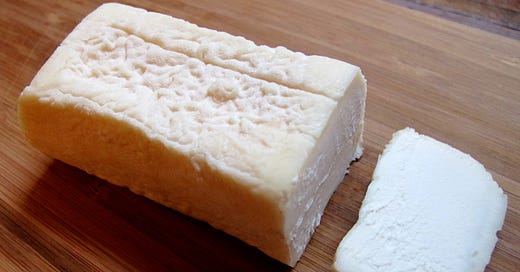


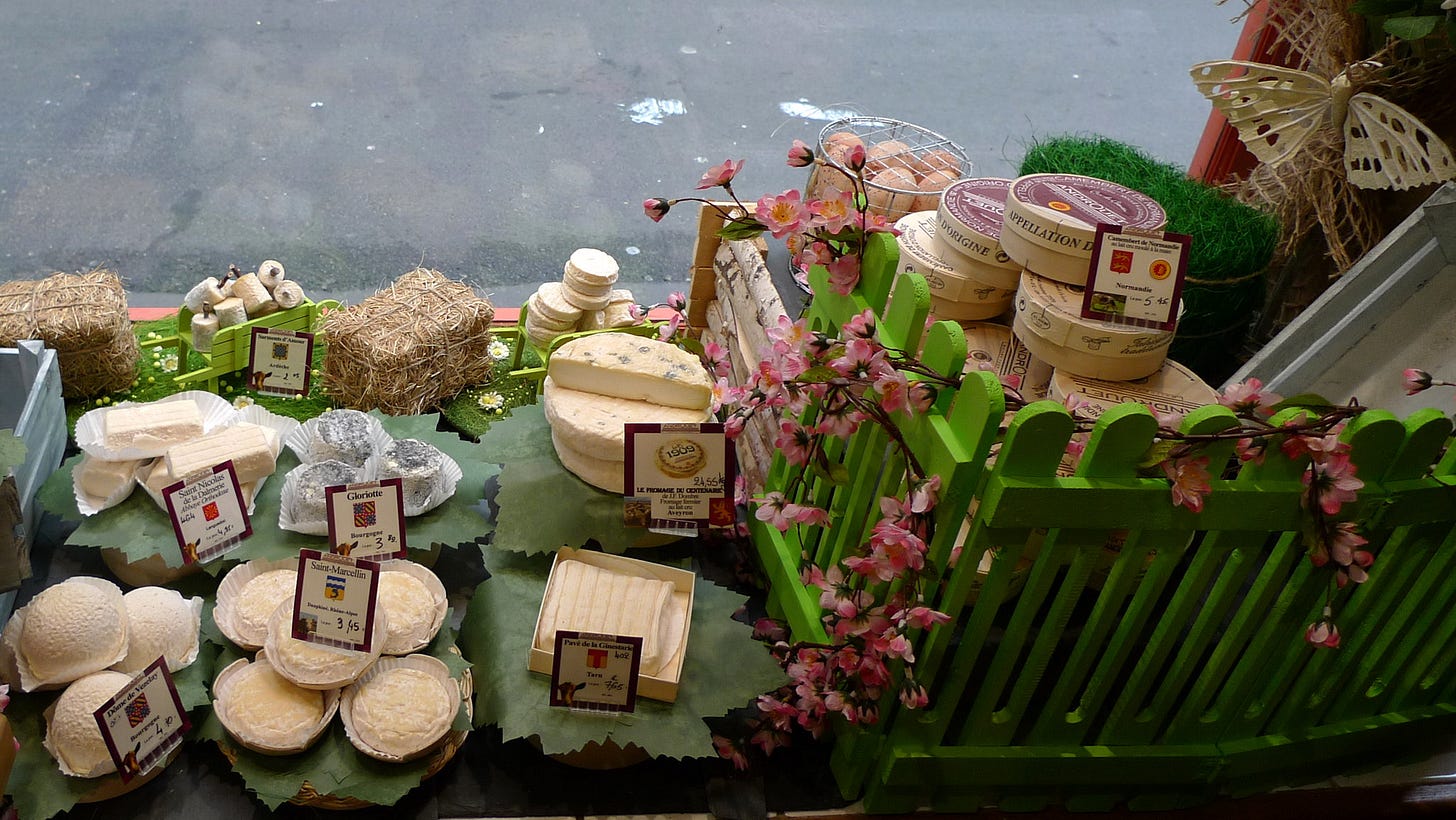


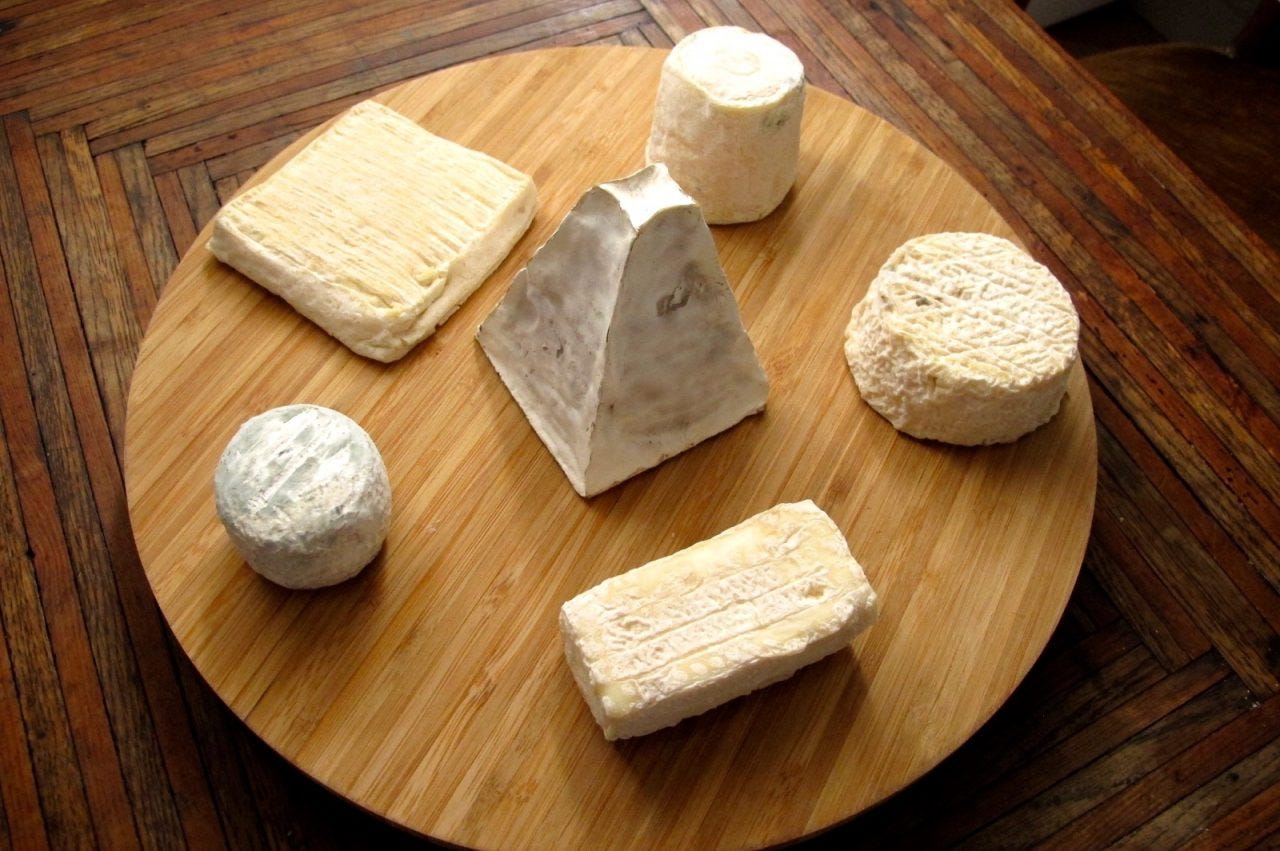
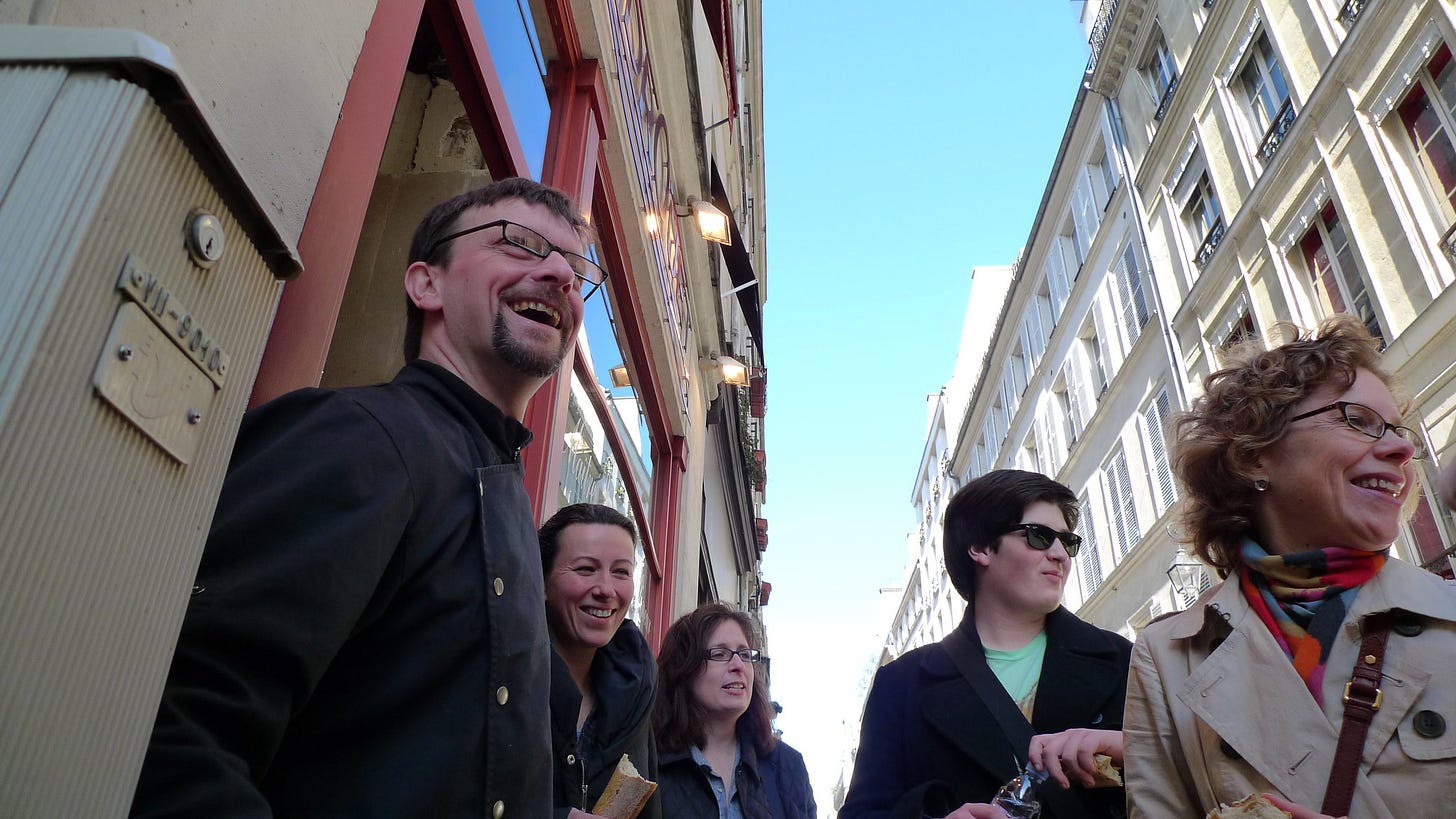
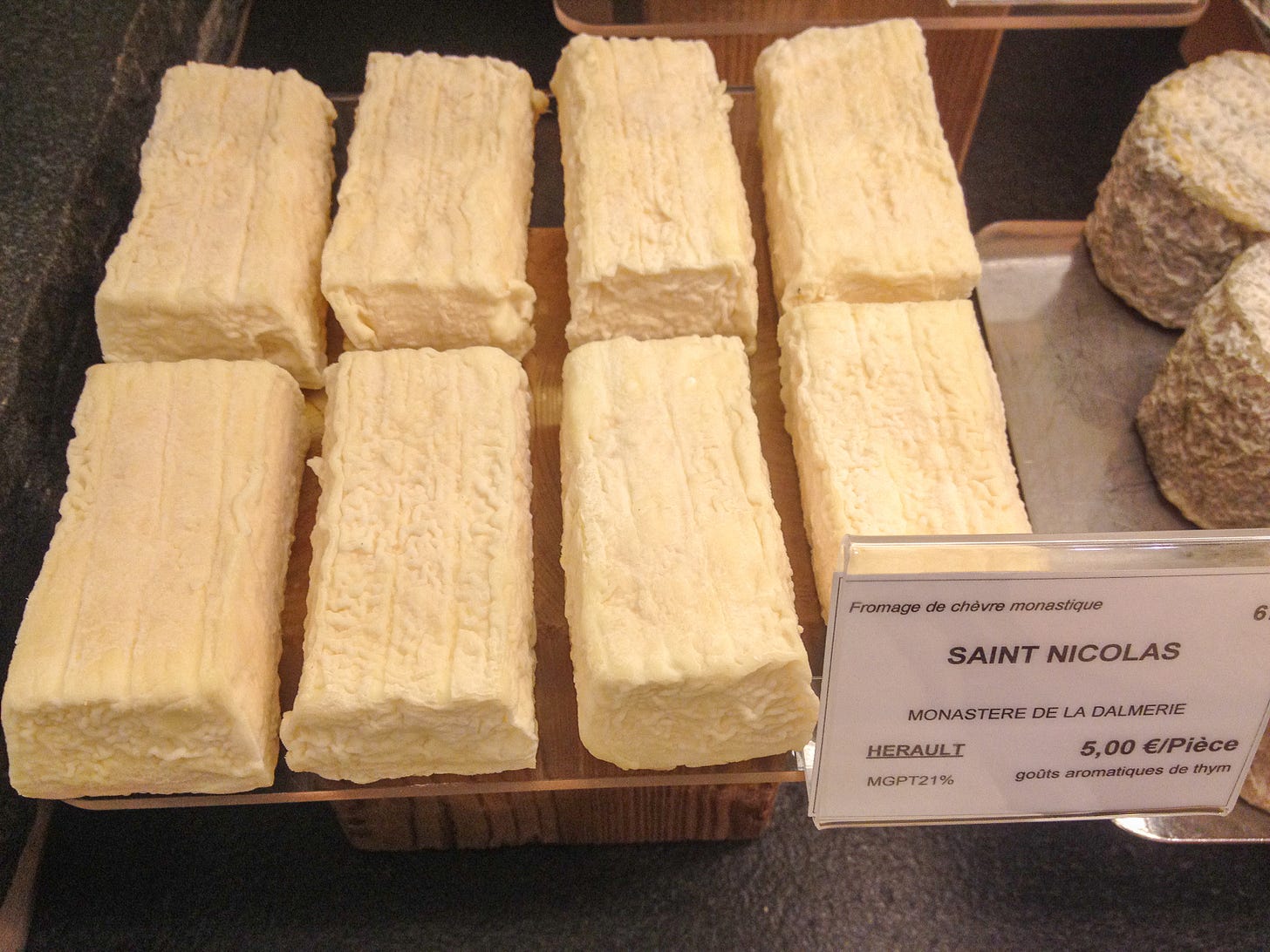

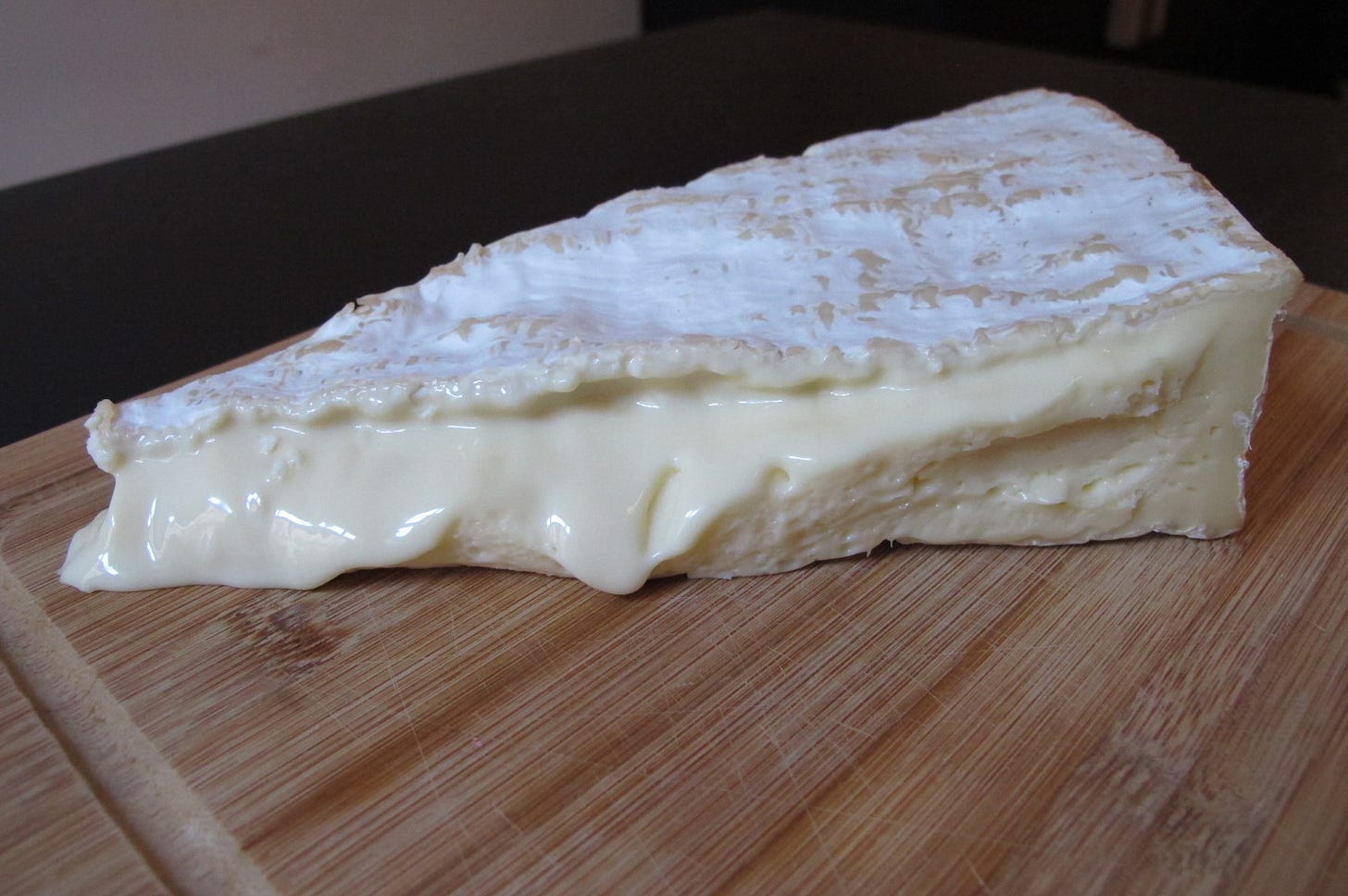

I’m so glad the magic of this cheese made you change your life so now you can keep on changing our lives.
This was such a beautiful read. Thank you!